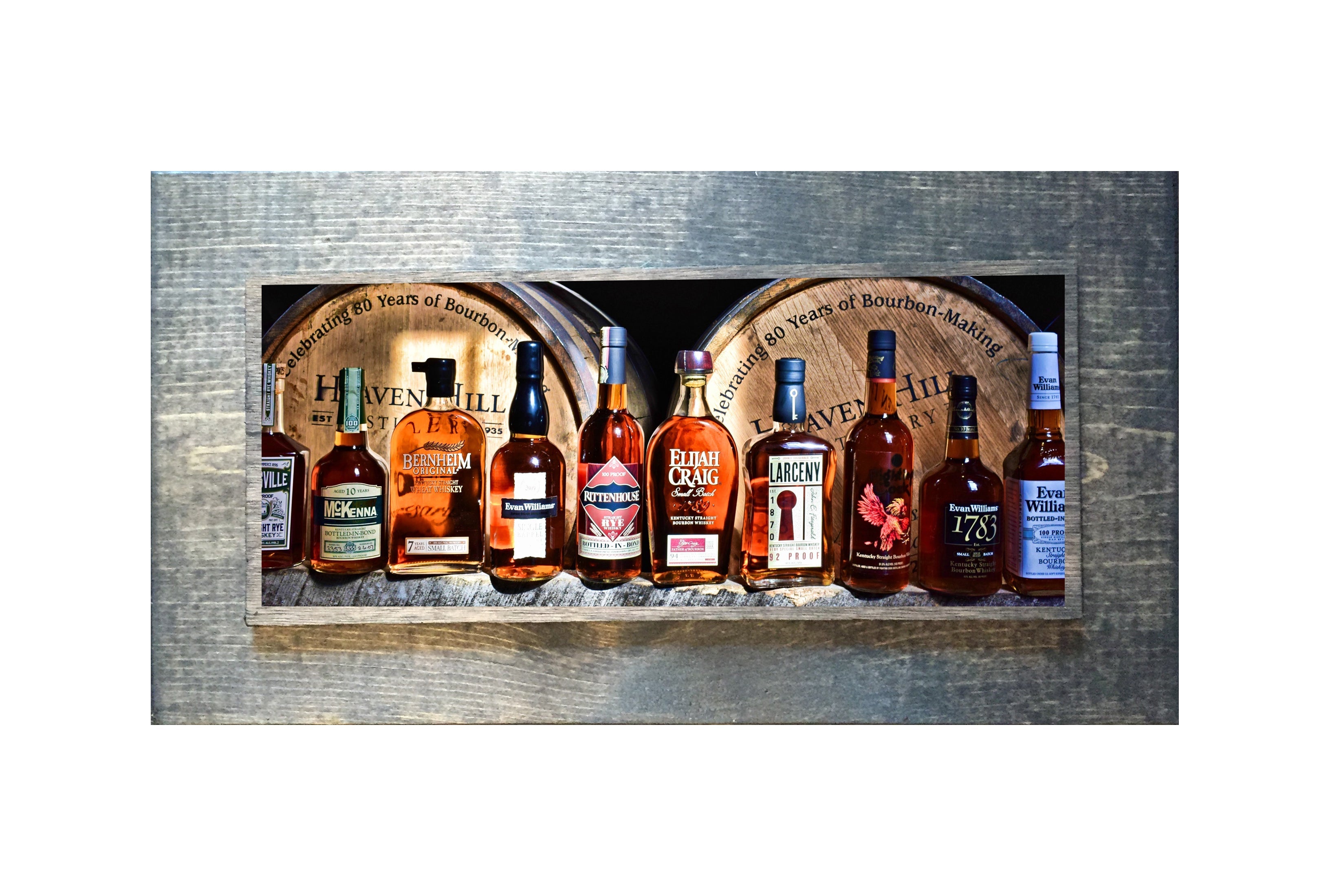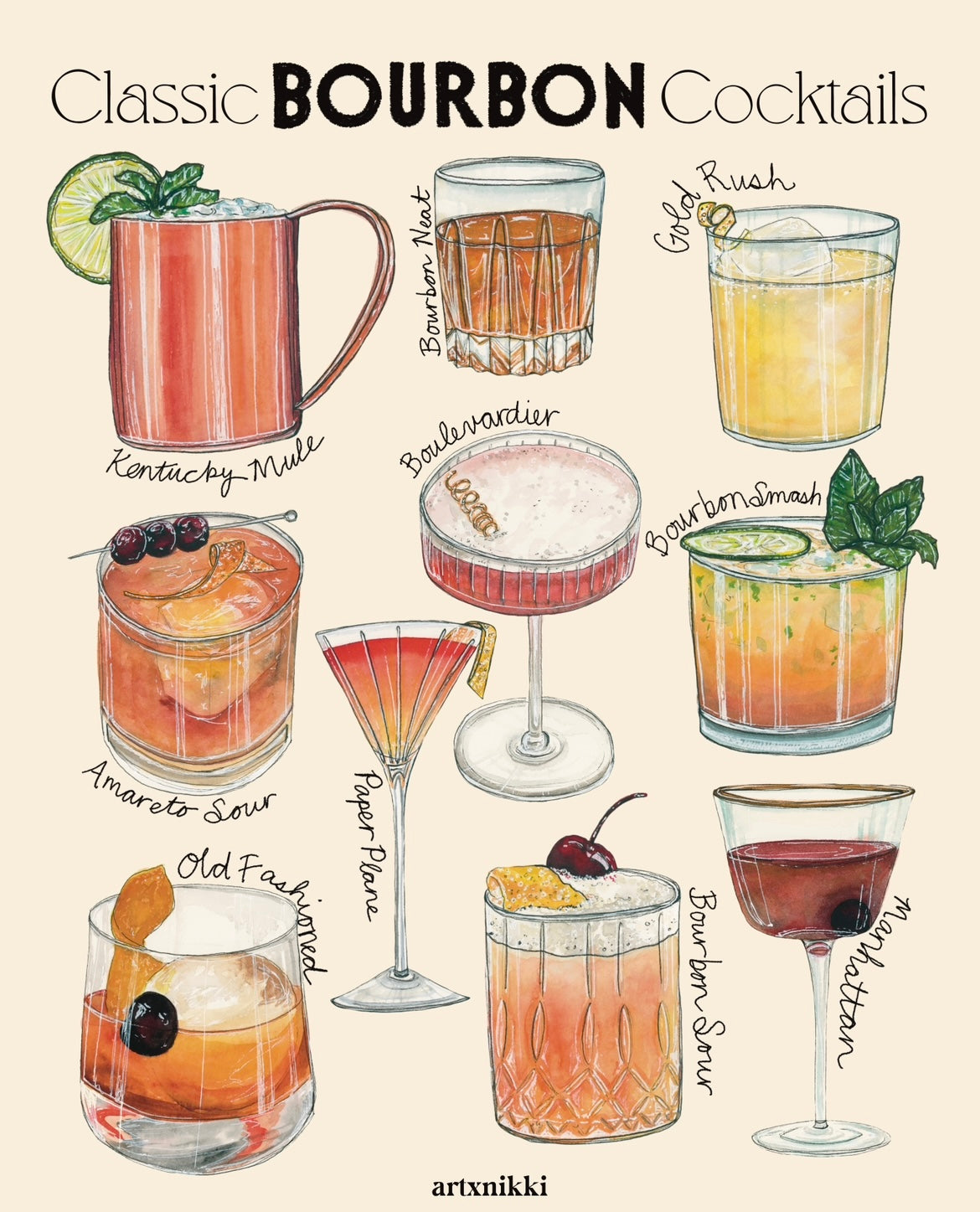The Attraction of Realism Art: A Deep Study Whiskey's Rich Heritage
The Attraction of Realism Art: A Deep Study Whiskey's Rich Heritage
Blog Article
The Value of Whiskey Art in Celebrating Heritage and Workmanship in the Beverage Sector
The intricate relationship in between scotch art and the celebration of heritage and workmanship within the beverage industry can not be overemphasized. Through attentively developed bottles and tags, whiskey brand names encapsulate their historic roots and the artisanal abilities that define their manufacturing techniques.
The Historic Roots of Whiskey
At the heart of scotch's allure exists a rich tapestry of historical origins that trace back to old worlds. The beginnings of whiskey can be connected to the distillation methods of the Sumerians and Babylonians around 2000 BCE, where very early types of fermented grain drinks began to emerge. It was in the Center Ages that the art of purification developed dramatically, particularly in Ireland and Scotland, leading to the development of bourbon as we know it today.
The term "scotch" itself acquires from the Gaelic word "uisce beatha," meaning "water of life." This phrase highlights the social significance of whiskey in Celtic societies, where it was usually associated with rituals, parties, and public bonding. By the 15th century, distillation became an acknowledged craft within reclusive areas, leading the way for the establishment of legal distilleries.
As trade paths increased, bourbon's appeal expanded, transcending regional boundaries and capturing the rate of interest of lovers worldwide. Limited Edition. This historic trip mirrors not just the workmanship behind bourbon manufacturing yet additionally its integral role in social and cultural contexts, noting it as a significant drink throughout background
Artistic Expression in Branding
Bourbon branding stands as an engaging junction of virtuosity and business, where aesthetic identity plays a vital duty in forming customer understanding. The appearances of bourbon tags, product packaging, and advertising products show not only the brand's tale yet likewise its core values and heritage. With artistic expression, distilleries convey a story that reverberates with customers, evoking emotions and triggering links.
Using color, typography, and imagery in branding offers to distinguish items in a saturated market. Traditional concepts may stimulate a sense of credibility and craftsmanship, while modern-day designs can symbolize development and forward-thinking. This critical creative instructions enhances brand name recognition and loyalty, permitting consumers to build a personal connection with the bourbon they select.
In addition, artistic expression in branding usually works as a party of regional heritage. Distilleries often include local signs or historic references into their styles, developing a local color that welcomes consumers to take part in a more comprehensive cultural experience. Ultimately, the creativity behind bourbon branding not only enhances visual allure yet also enhances the total story of the brand, promoting a deeper admiration for the workmanship and heritage embedded in each bottle.
Craftsmanship in Bottle Style
The virtuosity noticeable in whiskey branding extends beyond visual identity to include the workmanship entailed in container layout. Each container offers as a vessel not simply for the spirit within, yet also for the story it tells about its custom, origin, and high quality. The layout procedure calls for thorough focus to information, as aspects such as closure, shape, and product contribute substantially to the general understanding of the whiskey.
Craftsmanship in container style includes selecting top quality glass that can enhance the bourbon's shade and quality, while likewise providing a responsive experience for the customer. The shape of the container have to be both cosmetically appealing and practical, commonly mirroring the heritage of the brand name. Many distilleries choose unique shapes or embossed logo designs that evoke a feeling of authenticity and history.
Furthermore, the tag design and typography play a crucial duty in connecting the brand name's narrative. Realism Art. A well-crafted bottle not just astounds the consumer's eye yet additionally enhances the brand name's dedication to top quality and practice. In this method, the workmanship of container style comes to be an important element of the scotch experience, combining artistry with an extensive regard for heritage
Cultural Importance of Scotch Art
Commemorating tradition and craftsmanship, the cultural relevance of scotch art transcends simple aesthetic appeals, intertwining with the historical have a peek at this site and social narratives of the areas from which it stems. Each bottle works as a canvas, illustrating the unique tales, mythology, and traditions that have actually formed local whiskey-making methods. The detailed designs commonly mirror the heritage of the distillers, incorporating signs and concepts that resonate with the culture and values of their neighborhoods.

On top of that, whiskey art plays an essential role in public gatherings and events, working as a concrete web link between individuals and their shared experiences. By valuing the creativity in bourbon packaging, customers grow a deeper understanding and respect for the craft, inevitably enriching their pleasure of the drink itself.
Modern Trends in Whiskey Discussion
Recently, the presentation of bourbon has actually developed to mirror modern tastes and trends while still recognizing conventional workmanship - Whiskey Art. Distilleries are progressively concentrating on visual aspects that enhance the general alcohol consumption experience, bridging the space in between heritage and modernity
Cutting-edge container designs have emerged, usually incorporating sustainable materials and creative tags that inform engaging tales. Many brands now work together with regional musicians, instilling their items with one-of-a-kind visual expressions that resonate with consumers. Additionally, limited-edition releases are typically packaged in collectible containers, adding worth and appeal for connoisseurs.

Verdict
Finally, scotch art offers as a vital channel for revealing the heritage and workmanship inherent in the beverage market. With detailed branding, innovative bottle styles, and culturally considerable imaginative components, bourbon brands efficiently honor their customs and link with customers. This imaginative story not just boosts the appreciation of whiskey but likewise strengthens neighborhood identity and pride among producers. Eventually, scotch art plays a necessary duty in preserving and commemorating the abundant social tapestry of whiskey-making.


Workmanship in bottle design involves picking high-grade glass that can boost the scotch's color and clarity, while additionally supplying a tactile experience for the consumer. In this means, the craftsmanship of bottle layout ends up being an important aspect of the bourbon experience, content merging artistry with an extensive respect for heritage.
In conclusion, bourbon art serves as a vital avenue for revealing the heritage and craftsmanship intrinsic in the beverage sector.
Report this page